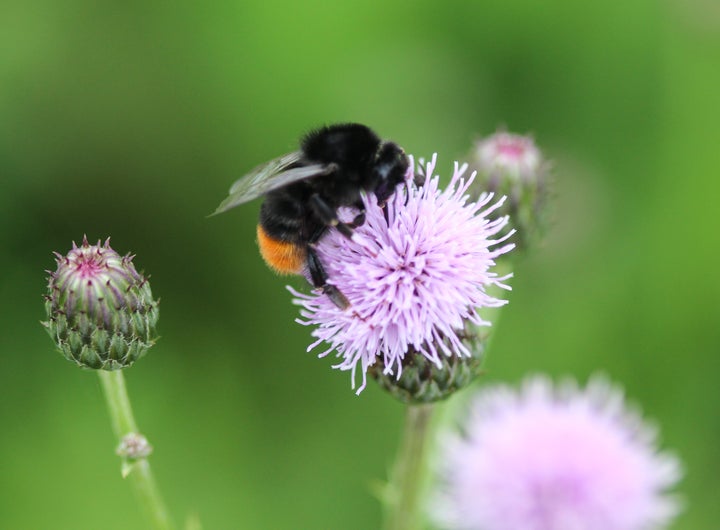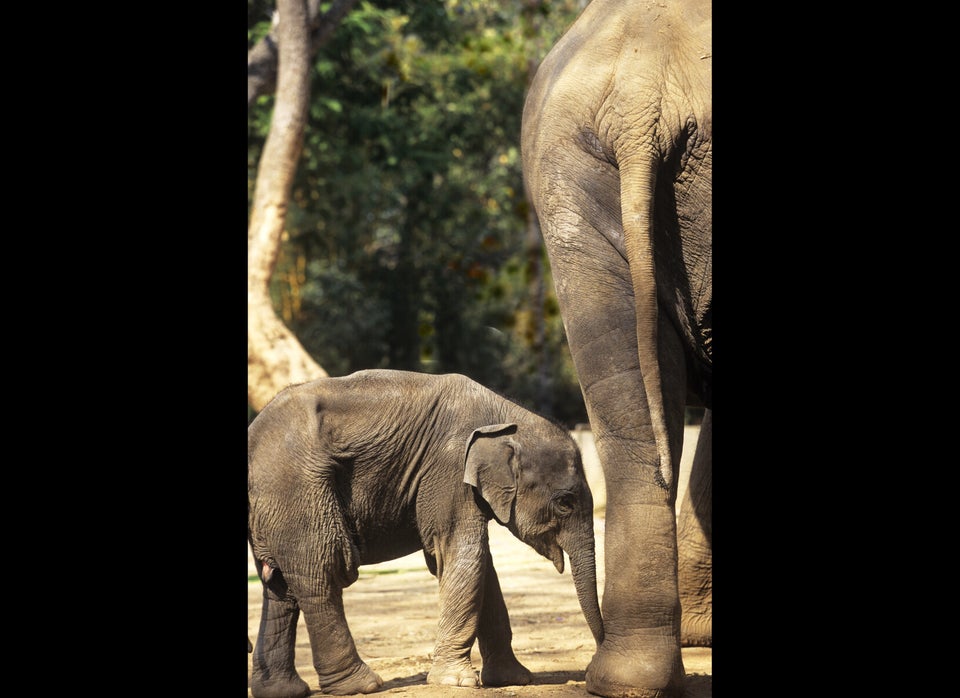Humans have played a major role in stark declines in wildlife populations around the planet over the past four and a half decades, according to a chilling report published by the World Wildlife Fund this week.
The conservation nonprofit has published its Living Planet Report every two years since 1998. The report is based on the Living Planet Index, which takes stock of the Earth’s biodiversity by examining 16,704 populations of more than 4,000 vertebrate species around the world.
This year’s report found that, on average, populations of mammals, birds, fish reptiles and amphibians have declined by 60 percent from 1970 to 2014. And humans are largely to blame. The top threats to wild animals including habitat loss and degradation, climate change, overfishing and overhunting, according to the report.

Though the report is startling, there have been some misleading headlines about it. The “60 percent” figure does not mean that 60 percent of wildlife species have gone extinct. It also does not mean that the world has lost 60 percent of all animals.
Instead, the number represents the average drop in population sizes, not the drop of the total number of animals. For instance, a population of 200 animals shrinking to 100 would be a 50 percent drop. And a population of 10 animals, shrinking to 3 would be a 70 percent drop. Taken together, that would be an average population drop of 60 percent. But the total number of individual animals that had disappeared would be 107 animals out of 210, or about 51 percent.
And as Atlantic writer Ed Yong notes, roughly half of the species included in the Living Planet Index are actually increasing in number. And while that might sound like good news, it means that the shrinking species have actually dropped in population by even more than 60 percent.
According to the report, the kinds of animals in the most trouble include freshwater species and wildlife in the tropics of South and Central America. Freshwater habitats, the report notes, are especially vulnerable to threats including climate change, invasive species, overfishing and habitat destruction.
“Wildlife around the world continue to dwindle,” said WWF-US President Carter Roberts in a statement. “It reminds us we need to change course. It’s time to balance our consumption with the needs of nature, and to protect the only planet that is our home.”
CORRECTION: In an earlier version of this article, an explanation of how animal populations are calculated misstated the percentage of individual animals that would have disappeared in the given example.


